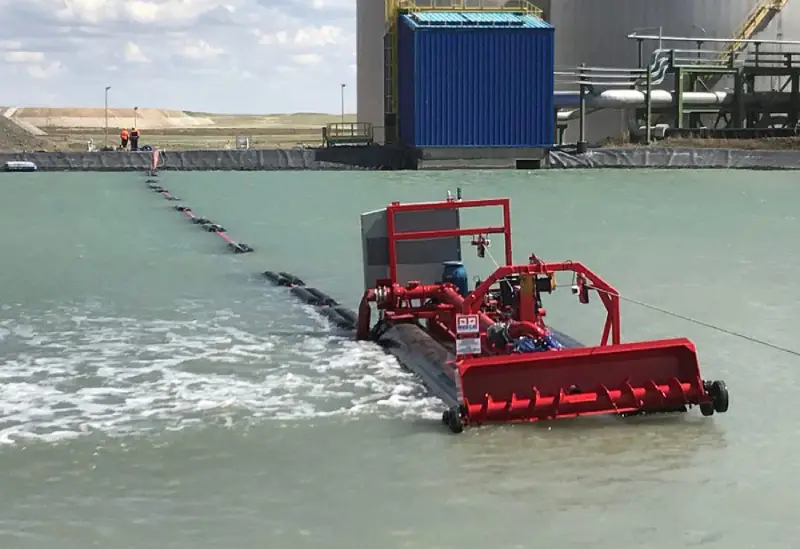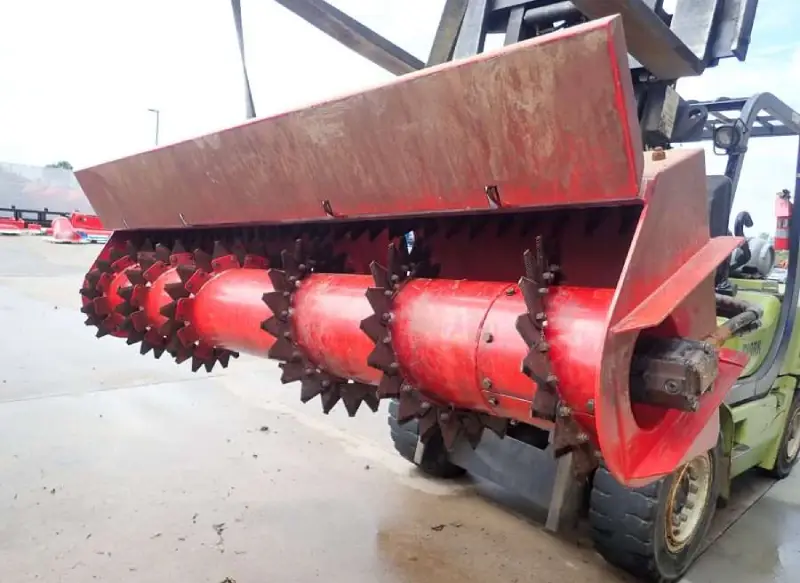In various industries such as construction, environmental management, and maritime infrastructure development, dredging plays a crucial role in maintaining waterways, removing sediment buildup, and facilitating efficient transportation. However, not all projects require a permanent investment in dredging equipment. For short-term needs, dredging equipment for rent offers a practical and cost-effective solution. This article delves into the benefits and considerations of opting for on-demand solutions through the rental of dredging equipment.
Dredging Equipment For Rent: Assessing Temporary Needs
Before embarking on any dredging project, it’s essential to assess the scope and duration of the task at hand. For short-term requirements, such as maintenance dredging or one-time projects, renting dredging equipment for rent proves to be a viable option. By accurately determining the duration and specific needs of the project, businesses can avoid unnecessary capital expenditure on purchasing equipment that may remain underutilized once the project is completed.

Determining Short-Term Dredging Requirements
Short-term dredging requirements typically involve tasks such as sediment removal, harbor deepening, or emergency response to environmental issues like silt accumulation. By assessing the volume of material to be dredged and the timeframe within which the project needs to be completed, businesses can make informed decisions about whether renting equipment aligns with their needs.
Identifying Projects Suitable For Rental Solutions
Projects that have defined timelines and finite dredging requirements are ideal candidates for rental solutions. These may include municipal dredging projects, port expansions, or construction projects requiring temporary access channels. By identifying such projects, businesses can optimize their resources and allocate budgets more efficiently.
Advantages Of Renting
Cost-Effectiveness Compared To Purchasing
One of the primary advantages of renting dredging equipment for rent is its cost-effectiveness. Purchasing heavy-duty dredging machinery entails significant upfront investment, which may not be justifiable for short-term or occasional projects. Renting allows businesses to access high-quality equipment without bearing the burden of ownership costs such as maintenance, storage, and depreciation.
Flexibility In Adjusting Equipment Based On Project Demands
Renting dredging equipment for rent provides businesses with flexibility in adapting to varying project demands. Different projects may require specific types or sizes of dredgers or dredging attachments. By renting equipment, businesses can easily tailor their fleet to meet the requirements of each project without being constrained by the limitations of owned equipment.
Exploring Rental Options
Overview Of Rental Companies And Their Offerings
Several rental companies specialize in providing dredging equipment for short-term and long-term rental agreements. These companies offer a wide range of dredgers, including cutter suction dredgers, trailing suction hopper dredgers, and hydraulic dredgers, along with various ancillary equipment such as pipelines, pumps, and dredging tools.
Availability Of Different Types And Sizes Of Dredging Equipment
Rental options cater to diverse dredging needs, ranging from small-scale projects in confined water bodies to large-scale operations in open seas. Whether it’s shallow water dredging, maintenance dredging in ports, or environmental dredging in sensitive ecosystems, rental companies offer a variety of equipment options to suit every requirement.
Rental Terms And Agreements
Understanding Contract Terms And Conditions
Before entering into a rental agreement, it’s essential to thoroughly understand the terms and conditions outlined in the contract. This includes rental duration, payment schedules, insurance coverage, liability clauses, and terms for equipment maintenance and return.
Clarifying Responsibilities For Maintenance And Repairs
Rental agreements typically delineate the responsibilities of both the rental company and the lessee regarding equipment maintenance and repairs. Clear communication and agreement on maintenance protocols are essential to ensure the optimal performance and longevity of the rented equipment throughout the rental period.
Cost Considerations
Calculating Total Rental Expenses
When considering renting dredging equipment for rent, businesses should calculate the total rental expenses, including rental fees, transportation costs, insurance premiums, and any additional charges for equipment setup, operation, and demobilization. Conducting a comprehensive cost analysis enables businesses to make informed decisions regarding the feasibility of renting versus purchasing equipment.
Comparing Rental Costs With In-House Operations
In addition to assessing the direct costs of renting equipment, businesses should compare these expenses with the costs associated with in-house dredging operations. This includes factoring in personnel wages, equipment maintenance, fuel consumption, regulatory compliance, and potential downtime due to equipment failures or repairs. By conducting a cost-benefit analysis, businesses can determine the most cost-effective approach for fulfilling their dredging needs.
Conclusion
Dredging equipment for rent offers a practical and cost-effective solution for businesses with short-term or temporary dredging requirements. By assessing project needs, exploring rental options, understanding rental agreements, and conducting cost comparisons, businesses can leverage on-demand solutions to efficiently complete dredging projects while optimizing resource allocation and minimizing financial risk. With the flexibility and convenience afforded by rental arrangements, businesses can adapt to dynamic project demands and achieve optimal outcomes in dredging operations.

Leif Aleksandra, a nomadic wordsmith with roots spanning continents, captures the essence of diverse cultures in his tales. With a pen dipped in wanderlust, Leif traverses the landscapes of imagination, blending the flavors of his global experiences into narratives that resonate with universal truths.




